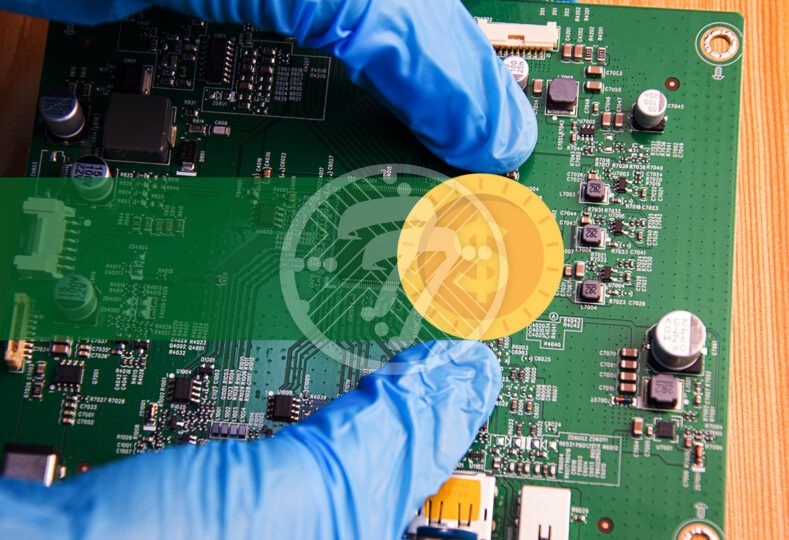Top factors that can drive up PCB fabrication cost!

When it comes to PCB fab, there are a wide variety of factors that affect its PCB fabrication cost. Right from the size of the printed circuit board to its layer count, these factors have a strong bearing on the cost that you will incur in fabrication. A detailed understanding of these factors will help you fabricate a printed circuit board that meets your requirements as well as your budgetary constraints.
Factors that impact PCB fabrication cost
1. Size of the PCB
Both the size as well as the shape of the PCB strongly influences its cost. Typically, the cost of the PCB increases with the increase in its surface area.
Commonly used dimensions include:
- 18 X 24″ (457 x 610mm)
- 18 X 21″ (457 x 533mm)
- 21 X 24″ (533 x 610mm)
Additionally, the price is also affected by the space that is consumed by the components on the PCB.
2. Layer Count
As more layers are added to the PCB, its cost tends to go up. This stands to reason as additional layers means more material as also increased fabrication time. Additionally, it is important to remember that with a high number of layers the odds of developing defects also go up. The testing costs for high layer PCB therefore are also high. As a thumb rule, adding 4-6 layers increases the cost by around 30-40%.
YOU MAY ALSO LIKE: Multi-Layer PCB fabrication process
3. Complexity
The more complex your designs and configurations, the higher your cost. This is because complex boards come with additional processing steps, which involve the use of machines or manual labor.
4. Choice of Material
It is important that you choose PCB material that meets your requirements and fits your budget. This is because high-quality material for specialized board functions comes at an added cost. The choice of material, in turn, is influenced by several factors including but not limited to:
- Thermal reliability
- Heat Transfer
- Signal Performance
- Mechanical Properties, and more.
5. Trace and Space
Should you opt for tight traces, they come with challenges in etching and hence impact the price. On the other hand, enlarging the PCB trace width or adding solder mask to the traces also adds to the price of the PCB.
6. Hole Size
If the requirement is for small hole sizes, it stands to reason that it will require special tools or lasers for precision. In turn, this will impact the cost. Similarly, if the requirement is for a large number of holes, the cost tends to go up.
YOU MAY ALSO LIKE: How precise drilling reduce PCB fabrication cost
7. Controlled Impedance
With controlled impedance, it is imperative that there be uniform trace width. In turn, there are several requirements, be it of a certain kind of material or specialized testing procedures, all of which impact the cost.
8. Tight Tolerances
Once again tight tolerances in the PCB design add to the complexity of the board and lead to testing and troubleshooting costs.
9. Copper Foil Weights
If thicker copper is to be used, there is a direct correlation with the cost. Additionally, there is also the requirement to use added pre-preg, all of which have cost implications.
10. Solder mask/ Silkscreen
The use of solder mask/silkscreen adds to the time taken in fabrication, not to mention the fact that it requires distinct processes that may require distinct tools.
11. Surface Finishes
The choice of surface finish has a strong implication on costs. There are standard finishes like OSP that are extremely cost-effective. However, finishes such as ENIG, for example, can significantly add to the cost.
12. Custom Specifications
Custom specifications can go a long way in increasing the cost of PCB. Some of the custom specifications include:
- Contoured edges
- Solder Mask Clearance
- Side-plating, and more.
If there are details in your design that aren’t commonly assembled, it could lead to added time in production, not to mention the fact that it could need specialized tools. It is thus important to calculate the potential cost of your design in advance, for you to undertake a cost-benefit analysis.
To sum up
To keep costs at a reasonable level, it is important to look at several of the above-mentioned factors beforehand. This will ensure that you keep the costs in check.
Go with a Technotronix – a professional PCB fabricator with 4 decades of experience and ISO 9001:2015 certified who is equipped with the necessary industry best practices. So, you do not need to undertake unnecessary trial & error beyond a point. You can fill out the PCB fabrication quote form or mail us at [email protected]






